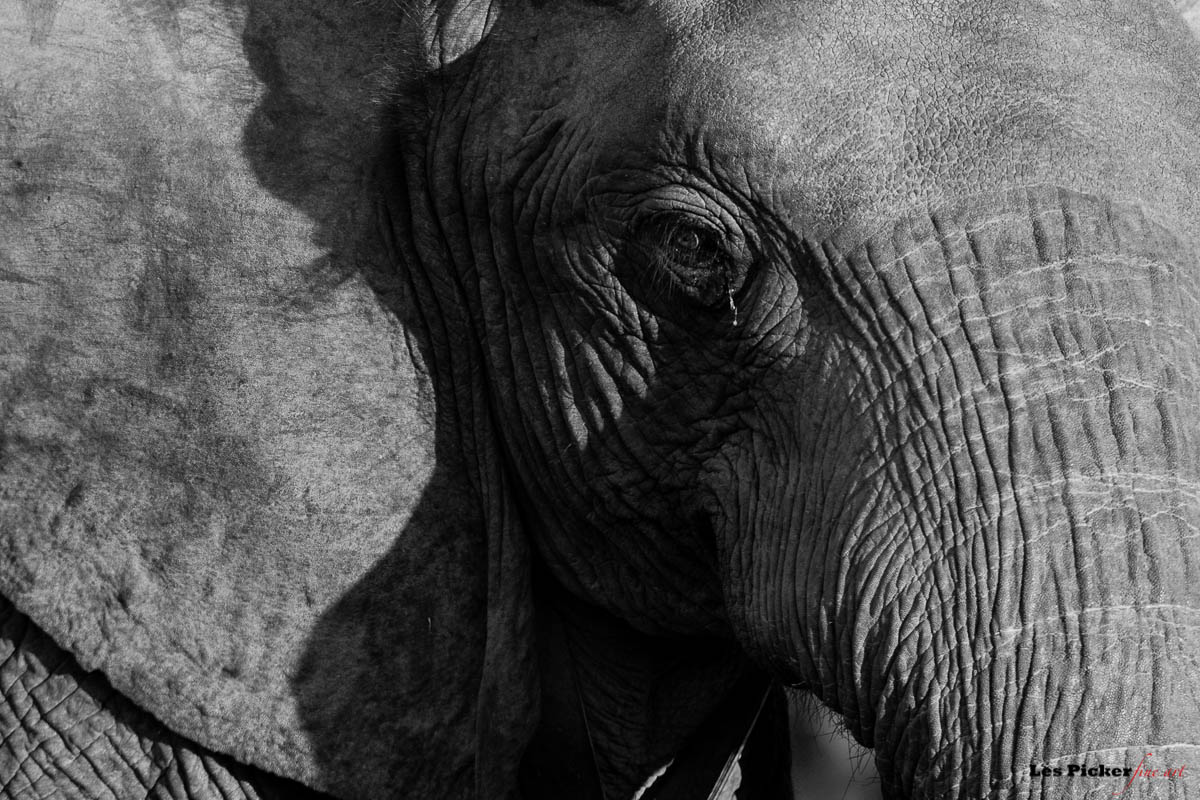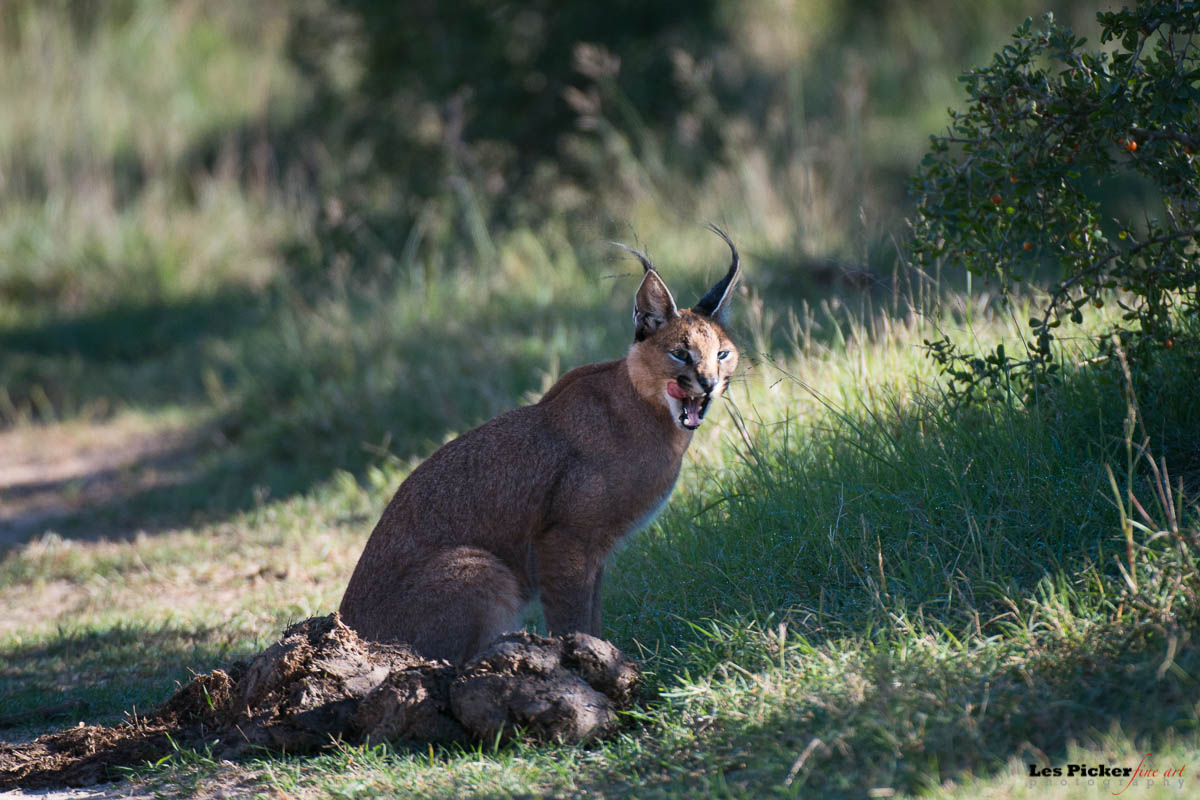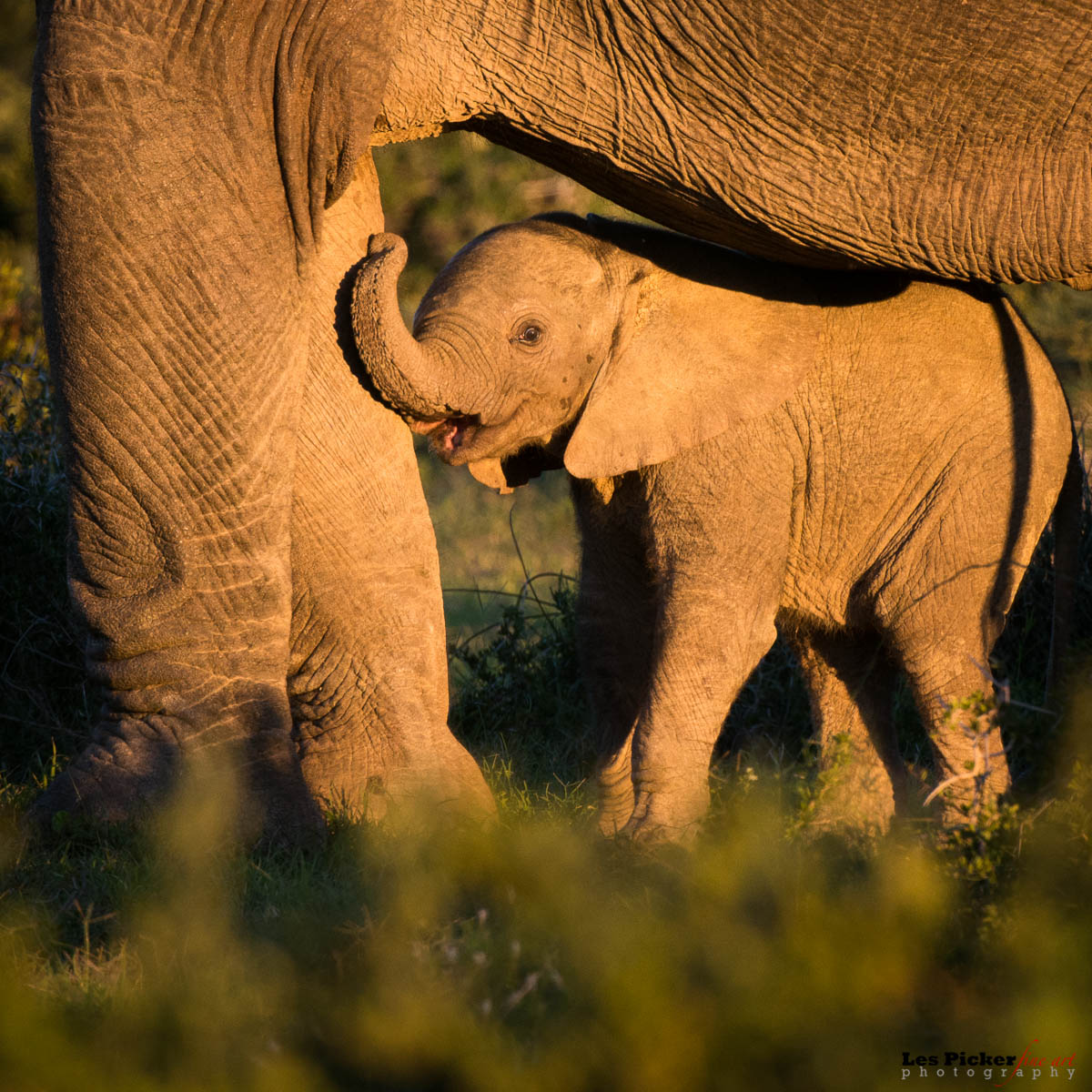
Addo Elephant National Park
If you are heading for South Africa, be sure to place Addo Elephant National Park on your must-see places. Nearly every photographer visiting SA, goes to Kruger NP, and well they should. But if you don’t also include Addo in your itinerary you’re missing something very special.
A Bit of Background
Addo NP has been developed over the years, after the indigenous elephants were intentionally slaughtered at the turn of the 20th century to protect farmers' crops. Over the decades more and more land was acquired and after apartheid fell the new government purchased the final large parcels to form the park.
Indigenous wildlife has been reintroduced and the park, considerably smaller than Kruger, now boasts more than 450 elephants, several lions, water buffalo, kudus, hartebeests, black rhinos and many other species. Its smaller size makes for a more intimate setting and after two days in the park you will feel like you know it well.
Throughout the day wildlife sightings are posted on boards so that you can quickly adjust and take off to capture images of animals missing from your list. Another advantage is that, unlike Kruger, Addo is malaria-free. However, Kuger has a more diverse wildlife population. For example, you will not see giraffes, crocs or white rhinos in Addo.
Where to Lodge
There are many choices of where to stay while you photograph in Addo and the list is growing every year. B&B lodges are plentiful and all appear to be within a very short distance from the park gates.
I stayed at the Addo Dung Beetle Guest Farm. Yes, you read that right! I should mention that the dung beetle plays a critical role in Addo. Literally tons of elephant (and other) dung is everywhere, on the roads, in the bush, even in camp areas. The dung beetles help to break down this organic matter. In fact, it is illegal in Addo NP to drive over dung beetles.
Back to our lodge; the hosts, Rod and Magna, were as gracious as could possibly be. They went out of their way at every turn to make our stay comfortable. Our cabin was clean, well stocked and the breakfasts in their indoor-outdoor dining area are superb. You can see my full review of the property on TripAdvisor.
The Guest Farm is in the midst of a 150,000 tree citrus farm. But, make no mistake that you are still in the wilds. Our room had fresh bat droppings in it every night when we returned to our bedroom. The bats, of course, were tiny and harmless. Smartly, our hosts had installed an electronic device that prevented the bats from flying. We slept while the bats were out at night keeping down the insect population, and they rested snugly in our cabin while we were out photographing the insect population (actually their larger distant evolutionary cousins).
Dining
If you’re in Addo, the only quality dining we found, other than possibly in the lodge where you are staying, is The Cattle Baron located inside the park in the reception area. The food is excellent and the prices reasonable. They are open for all three meals.
Wildlife Viewing
I could rant and rave about Addo, but some pictures are worth thousands of words. In the end, two words of advice: Just Go!
From a magical 30 minutes spent sharing space with a male lion.

An uncommon sighting of a cerval wild cat.

You can’t capture enough baby elephant images, can you?
